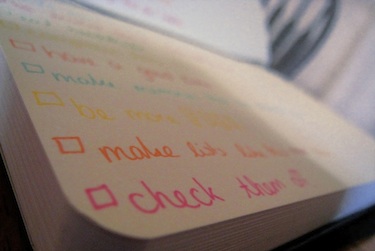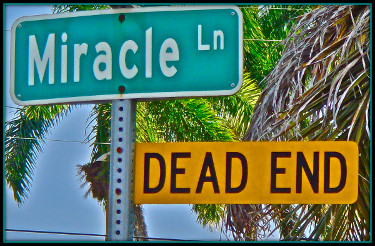5 Steps to Confidence
Let me start this post by making it clear that I am not a public speaker.
In school, I was always the “quiet one” in class. I had friends that I talked to, but everyone else thought of me as shy and too quiet. I heard a few teachers say they wished they had more kids like me in class. (Thanks, I’m sure that made me really popular among my more talkative peers!) I was so quiet that I didn’t raise my hand very often to answer questions. Getting up in front of the class to present a project was my worst nightmare. One year in elementary school music class, our teacher made each person come up front and sing a song we had learned. Not only am I not a public speaker, but I’m also not a singer. There’s a reason I was in the school band and not chorus during middle and high schools. All I can remember of that day is mumbling, sweating, and gasping my way through that song until thankfully I was allowed to sit down again.
So how did the kid who panicked at the idea of speaking in front of people turn into the author who has spoken at national book conventions, libraries, and schools? One word: CONFIDENCE.
I don’t mean that I’m able to walk down the hall to face my audience with my steps full of swagger and a satisfied smile plastered on my face. I still get sweaty. I still shake and gasp just like I’ve always done. But underneath all of those jitters, I still have confidence because of these simple tips I’ve taught myself over the last six years.
- Know your subject. The biggest boost to your confidence is to know what you’re talking about. Since I’m usually talking about my books or about getting published, I know these topics well. I’m able to easily talk about my path to becoming an author and the behind the scenes secrets of my books.
- Know your audience. Sometimes my audience are adults who are hoping to get published. Other times my audience is composed of middle school students who may have no interest in being published, but are usually excited to meet a real author. Tailor your presentation to the age and interests of your audience. For kids, I focus more on what it’s like to be an author, the trips I’ve done to events, and what well-known authors I’ve had the chance to meet. For adults hoping to be published one day, I focus more on the business side of things. For teachers and librarians, my presentations are tailored more toward how they can use my books in their classrooms or libraries, or how to encourage reading among students.
- Breathe. I have to remind myself to take breaths during my presentations, especially at the beginning. It’s easy to ramble on or talk fast because you want to get it over with or because you’re so nervous you don’t realize what you’re doing. Find a way to remind yourself to breathe. For example, before you start select a certain spot or person in the room. Whenever your gaze drifts toward that area or that person, consciously pause and take a breath. This will help relax you and keep you grounded.
- Move around if you can. Moving around a bit helps work out the excess energy you have, so you’ll feel better and less nervous. Even if you’re just taking a few steps back and forth across the stage, try to detach yourself from one location and move a bit.
- Make room for questions and answers. My favorite part of any presentation is the Q&A time. I always leave time for this and I find myself most relaxed during this portion. This is the time when I feel like I’m not making a presentation, I’m just chatting with my audience. As a bonus, I get to find out what things they’re most interested in hearing around so I can add these things into the next presentation I do for this same type of audience.
These five simple tips have helped me build my confidence and be able to speak in front of groups big and small. I’ve come a long way since that kid who could barely squeak out a single word during class, but I’m still growing and learning each time I do a speaking event. It’s a process, and so don’t be discouraged if you have one bad moment. Chances are good that your audience won’t even notice your nervousness as much as you do!
Shana Norris is a graphic designer and author of nine books for teens. Find her at ShanaNorris.com and SPNDesigns.com.


